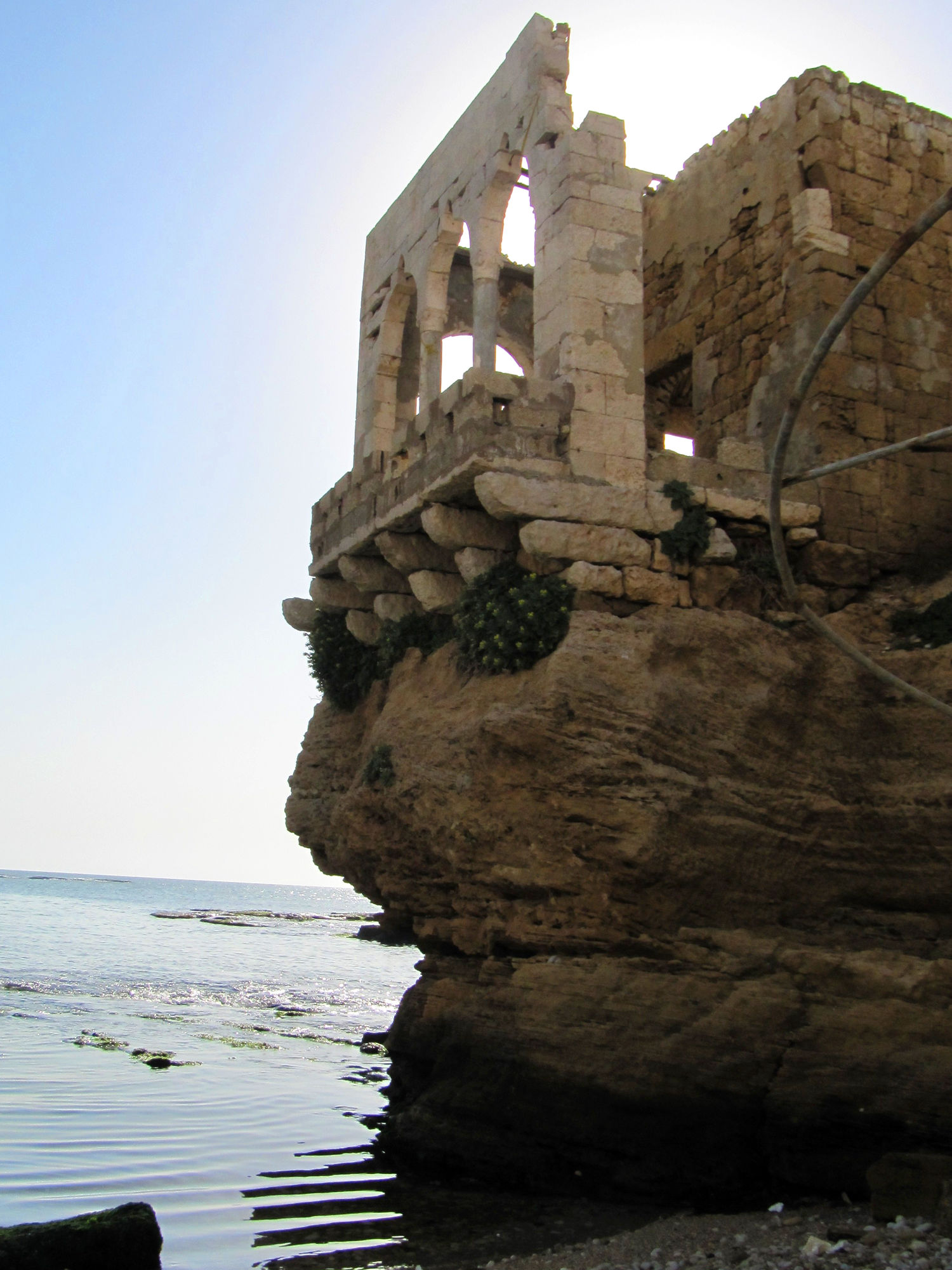|
Seraglio Of Baabda
The Seraglio of Baabda (; also Baabda serail), is a historic building located in Baabda, Lebanon, and is one of the country's oldest official buildings. This particular seraglio played a key role in Lebanon's history between 1860 and 1916, during the period of the Mount Lebanon Mutasarrifate (itself ruled by the Ottoman Empire). Built of sandstone, the palace features castle-like architecture, with four corner towers, and a surface area of spread over two floors surrounding an inner courtyard. Today, the seraglio houses the headquarters of the Mount Lebanon Governorate, as well as several administrative offices. The building requires extensive restoration; it was listed as a historic monument in 2008. Location The Seraglio is located in the city of Baabda, at the southeast outskirts of Beirut, Lebanon. The palace stands on the highest hill of Baabda, and offers panoramic views over Beirut and of the surrounding region. Baabda serves as the administrative capital of the Baabda Di ... [...More Info...] [...Related Items...] OR: [Wikipedia] [Google] [Baidu] |
Lebanese Architecture
The architecture of Lebanon embodies the historical, cultural and religious influences that have shaped Lebanon's built environment. It has been influenced by the Phoenicians, Ancient Roman architecture, Romans, Byzantine architecture, Byzantines, Umayyad architecture, Umayyads, Art of the Crusades, Crusaders, Mamluk architecture, Mamluks, Ottoman Empire, Ottomans and French architecture, French . Additionally, Lebanon is home to many examples of modern architecture, modern and contemporary architecture. Architecturally notable structures in Lebanon include ancient thermae and temples, castles, churches, mosques, hotels, museums, government buildings, souks, residences (including palaces) and towers. Roman architecture Baalbeck is counted as one of the Roman Empire, Roman treasures in Lebanon, and is home to many ancient Roman temples built at the end of the third millennium B.C. The city was referred to as the city of the sun (Heliopolis) by the Greek people, Greeks. The te ... [...More Info...] [...Related Items...] OR: [Wikipedia] [Google] [Baidu] |

